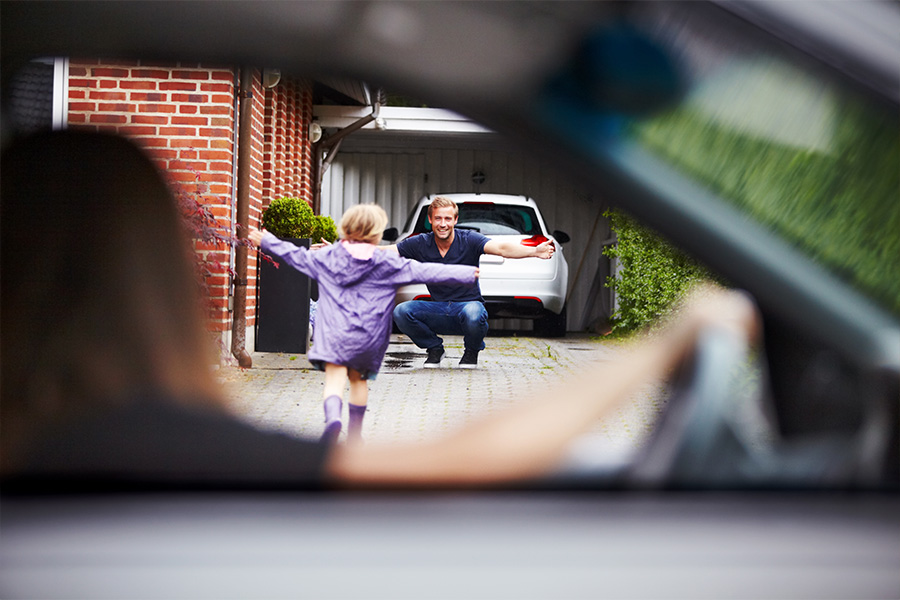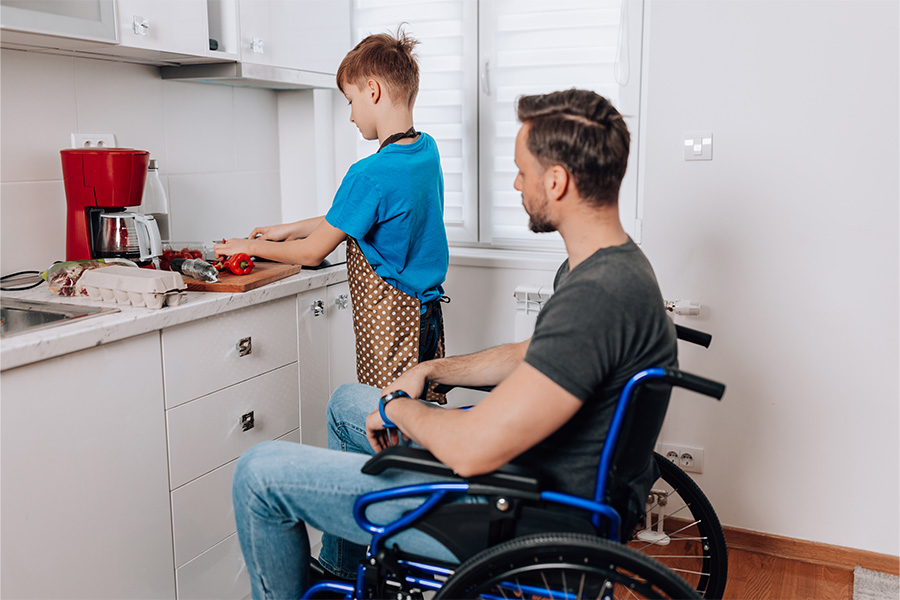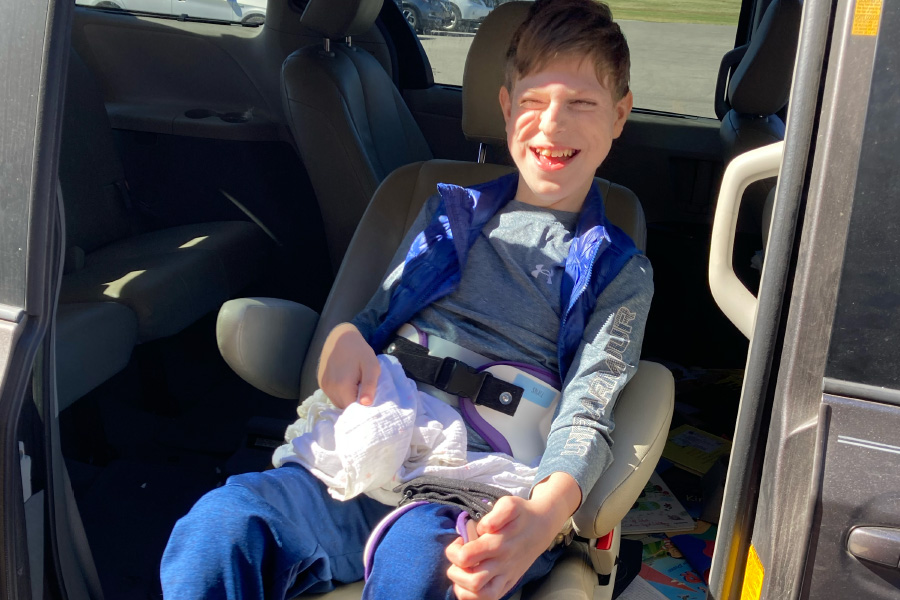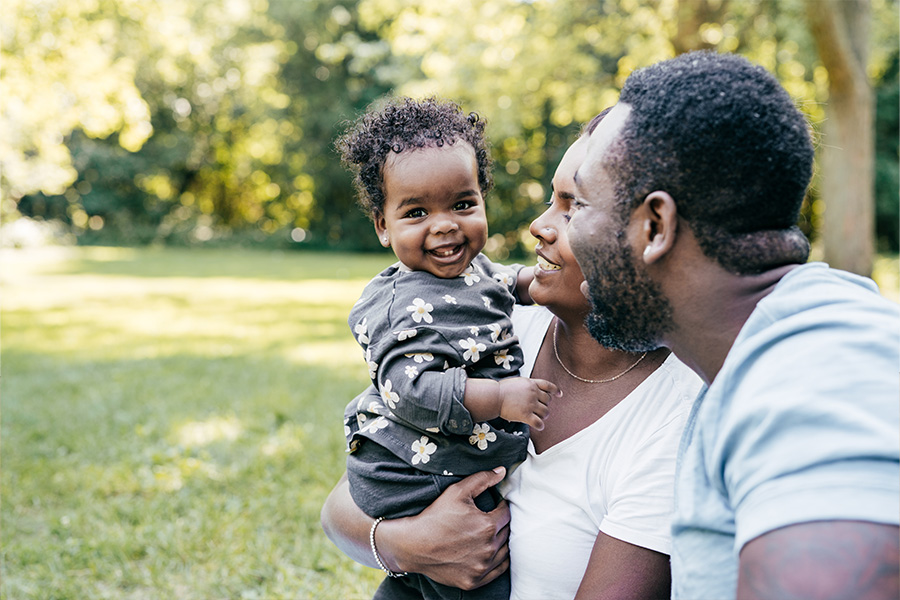Music has been around for nearly all of human history. It’s defined as the art of sound and time that expresses ideas and emotions. But music can also be used as a therapeutic tool because of its effect on speech and coordination.
Music Therapy for Children with Special Needs
Children are drawn to music, whether it’s a song from their favorite artist, or the soundtrack from their favorite movie. Scientists and doctors have discovered that music affects the right side of our brain, which is responsible for spatial recognition and helps us to understand the tone of someone’s voice. The beats and rhythm of music act almost like a mold for the beats and rhythms of our bodies.
Helping Your Loved One Get Started
A good way to start music therapy is to get your child acquainted with musical sounds. If you have an instrument at home, have your child “play” with the instrument. If you own a musical instrument like a piano or a guitar, have your child play a few notes. After a few weeks of doing this, if your child is relaxed and comfortable with the instrument, try to familiarize them with the notes: make a sound as you play a key to help your child begin to learn what keys produce what sound. A good way of doing this is to familiarize yourself with the notes on an instrument (see graphic below). Start with middle to high notes because bass or low notes can be harder to vocalize. When you play an “A” you can make an “Ah” sound and with a “B” you can make a “Buh” sound and so on. This can help your child with language and understanding. As the child makes progress, you can begin to teach them melodies to songs they enjoy.

Instruments
Different instruments have been shown to have different effects on the brain:
- Voice can have an effect on emotions
- Piano can help with structure
- Drums can calm a person
- Guitars can be soothing and calming as well as call attention
- Flutes and clarinets help draw attention
No Instrument? No Problem!
If you do not own an instrument, a good way to provide this form of therapy is to find instrumental tracks to the child’s favorite songs and encourage them to hum or clap with the music. You can find many instrumental tracks on YouTube or other online sources. Make sure that the experience of exploring music with your child is fun for both of you. Learning music together can be an amazing experience and as therapeutic for the caregiver as it is for the child.














